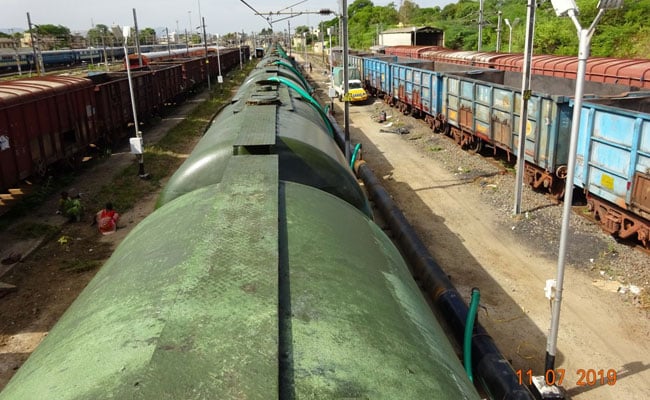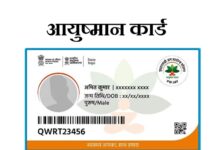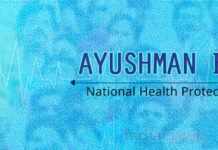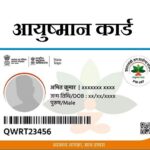Out of the two allotted trains, the first 50-wagon train carrying water has reached the parched city of Chennai. The train that carried 2.5 million liters of water reached Chennai from Jolarpet railway station. A second train will be carrying a similar amount of water to Chennai. The Chennai Metro Water has set a target of ferrying a total of 10 million liters per day.
As per a railway official, depending on the slots available for movement of these trains the capacity of the water toe carried could be increased.
The Indian Southern Railways will charge the Chennai Metro Water Rs.7.5 lakhs for each water carrying trip. The state government of Tamil Nadu has allotted Rs. 65 crore for the water project.
As per the officials, the trains took about 5 hours to reach Villivakkam of Chennai, 220 km away from the place where water would be pumped to the Kilpauk Water Works, the pumping station which distributes water to various locations of the capital city of Tamil Nadu.
Nevertheless, this water supply by train would not increase the supply in the city, but simply ease the tremendous pressure on the Tamil Nadu government to make sure that the city’s residents get a minimum water supply of 525 million liters as compared against the total requirement of 830 million liters of water per day.
The government has also laid a 3.5 km long pipeline connecting the Jolarpet railway station with a pumping house. The supply line’s trial run was conducted on Wednesday.
Sighting four dried up water reservoirs on the outskirts of Chennai as a result if inadequate monsoons last year, Chennai Metro Water has reduced the piped water supply by 40 percent in the city. Many areas of the city don’t get piped water at all.
Chennai Metro Water deploys 900 water tankers for street supply. Many residents are saying that say they receive only 5 pots of water daily from these tankers. Private water tanker supplies have doubled the water price since April this year.
As per the Indian government think tank NITI Aayog, Chennai is one of the 21 Indian cities that would run out of the water by the year 2021.















